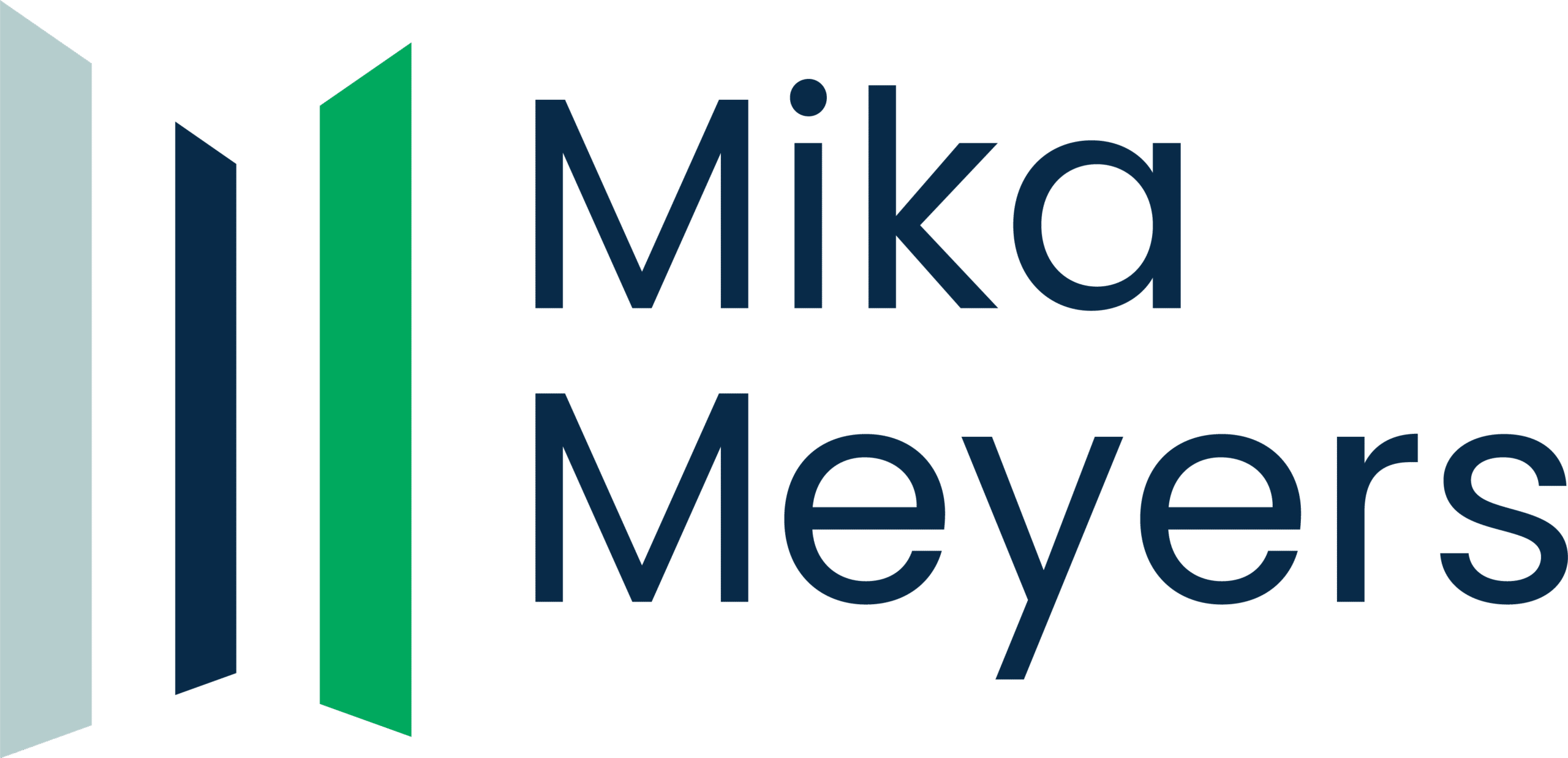FINRA allows multiple claimants to join in one action “if they assert any right to relief jointly, severally, or arising out of the same transaction, occurrence, or series of transactions or occurrences and if any questions of law or fact common to all these claimants will arise in the action.” FINRA Code of Arbitration Procedure, Section 10314. This joinder rule mimics the permissive joinder rule in the federal rules of civil procedure. The Supreme Court has interpreted this rule liberally, noting that “the impulse is toward entertaining the broadest possible scope of action consistent with fairness to the parties: joinder of claim, parties, and remedies is strongly encouraged.” Litigating Tort Cases Parties § 5:26. Multiple plaintiffs—Liberal standard for permissive plaintiffs’ joinder.
Respondents sometimes object to the joinder of several claimants in one FINRA arbitration proceeding on the grounds that a consolidated hearing would cause the arbitration panel’s findings of fact relevant to each individual claimant’s claims to be tainted by exposure to evidence of transactions involving the other claimants. These objections should be overruled if the claims arise out of a common scheme, evidence a pattern or practice by the respondents, or if the repetitive bad acts of the respondents tend to show intent, knowledge, or another state of mind. See, e.g.
- 22B Fed Prac & Proc Evid § 5253 (2d ed) (prior and subsequent bad acts admissible to show knowledge);
- US v Mississippi, 380 US 128, 142-143 (1965) (finding joinder of multiple plaintiffs appropriate in voting rights case involving alleged discrimination by six different voting registrars at different locations);
- Hinson v Norwest Fin S Carolina, Inc, 239 F3d 611, 618 (4th Cir 2001) (upholding joinder of plaintiffs in truth-in-lending claim even though “the factual circumstances of each transaction differed”);
- McAfee v Francis, No 11-CV-00821-LHK, 2012 WL 762118, at *4 (ND Cal Mar 6, 2012) (claims “grounded in [a] common scheme” properly joined);
- Allstate Ins Co v Vizcay, MD, No 8:11-cv-00804-EAK-EAJ, 2011 WL 5870016, at *6 (MD Fla Nov 22, 2011) (motion to sever denied where each plaintiffs’ claims arose from same common scheme);
- Green v Beer, 2009 US Dist LEXIS 98285, at **16-25 (SDNY Oct 22, 2009) (motion to sever groups of plaintiffs who were all defrauded by the same tax-shelter scheme denied despite defendants’ arguments that the plaintiffs were introduced to the scheme under different circumstances);
- Acciard v Whitney, No 2:07-cv-476-UA-DNF, 2008 US Dist LEXIS 123501, **20-21 (MD Fla Dec 4, 2008) (denying motion to sever six plaintiffs’ claims because the claims “result[ed] from one alleged fraudulent scheme”);
- Slayter v DC 701, LLC, No 8:07-cv-1903-T-24-EAJ, 2008 WL 2695645, *2 (MD Fla July 3, 2008) (denying defendants’ motion to sever because the plaintiffs’ claims “involve[d] the same allegedly fraudulent scheme”);
- Hodges v Coldwell Banker Real Estate Corp, No 4:05CV168-P-A, 2007 WL 1200118 (ND Miss April 19, 2007) (denying motion to sever and holding that plaintiffs’ claims of misrepresentations made by defendants in the purchase of homes by plaintiffs were logically and reasonably related even though plaintiffs “ha[d] purchased different houses at different times and dealt with different people who made different fraudulent misrepresentations”);
- Brereton v Communications Satellite Corp, 116 FRD 162, 164 (DDC 1987) (courts “consistently deny motions to sever where [the] plaintiffs allege that [the] defendants have engaged in a common scheme or pattern of behavior.”);
- Roan v Smith, 272 Ala 538, 133 So2d 224 (1961) (holding that in fraud cases, where intent, knowledge, and scienter are at issue, evidence of similar frauds and misrepresentations are commonly admissible);
- Kisano Trade & Invest Ltd v DEV Lemster, No. 11-852, 2011 US Dist LEXIS 133089, at **30-32 (WD Pa Sept 27, 2011) (denying motion to sever where plaintiffs’ claims arose out of multiple schemes by the defendants to “obtain secret commissions on contracts for which they were supposed to be acting as Plaintiffs’ agents.”);
- Stirum v Whalen, 811 F Supp 78, 82 (NDNY 1993) (documents and affidavits from “individual plaintiffs as well as nonparty individuals” containing evidence of misconduct, undercapitalization, and fraudulent representations, were sufficient to establish prima facie case of fraud against defendants);
- 4 Mich Pl & Pr § 36:519 (2d ed) (“In fraud actions, evidence may be admissible concerning other transactions between the parties, or between one of the parties and third persons, where such other transactions were similar to the transaction involved in the controversy. Such evidence also may be admissible where similar trickery was employed. Evidence of other transactions may be admissible for the purpose of showing intent or a scheme to defraud.”);
- 4 Mich Pl & Pr § 36:517 (2d ed) (“In cases of fraud perpetrated by means of false representations, evidence is ordinarily admissible as to the same or similar representations made by the defendant or his or her agent to other persons, or as to like representations made to the plaintiff in connection with another transaction, for the purpose of showing the defendant’s knowledge or fraudulent intent or to show the existence of a scheme to defraud.”) (collecting Michigan cases).

Need Assistance?
If you have suffered investment losses as a result of malpractice or misconduct our experienced team of investment fraud attorneys may be able to assist you in recovering some or all of your losses. Call us toll-free at 888-607-4819 for a free consultation or email us through our “Contact” page to schedule a free consultation.



